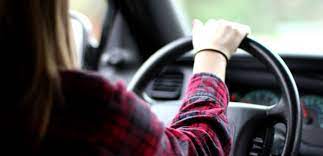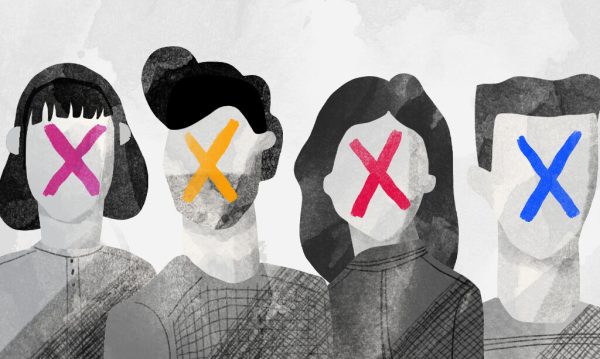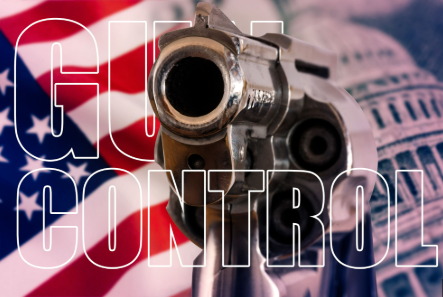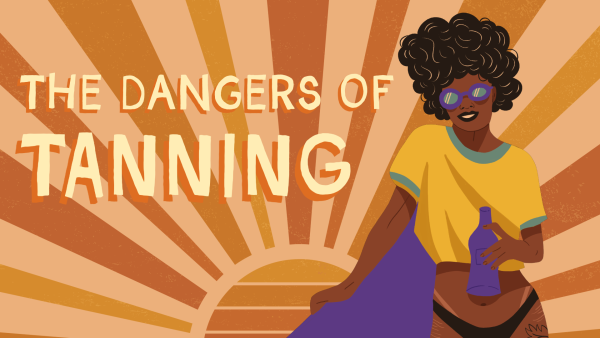Teenage Driving Laws Must Be Stricter

Image/ Bridgestone TIres
The “sweet sixteen” is the transformation for young men and women as it is the apex of adolescence, but there is one event that marks 16 as the first real indication of adulthood: getting a driver’s license. Along with an official card, a driver’s license provides freedom that teenagers have never been given before. With that freedom, however, also comes a responsibility that young teenagers are unable to adapt to upon receiving their license. Therefore, 16 is not an appropriate driving age.
Experience is a crucial aspect of driving, especially with inclimate weather conditions. In New England, there are at least two months of icy roads and slush-covered windshields that we must deal with in order to complete the simplest driving tasks. People have to begin their morning commute before they even get on the road because they have to defrost their windshields and warm up their vehicles. For those without the proper guidance, teenagers often leave their house with ice on their windshield and can impede their vision. By the same token, the lack of experience makes teenagers more prone to accidents as they are unable to detect hazards such as black ice.
According to the Insurance Institute for Highway Safety, the accident rate per mile is 4 times higher for students than it is for those 20 years and older. At 16 and 17 years old, the majority of recently licensed drivers are guilty of breaking JOL laws by driving non-family members before having a license for six months. Consequently, young drivers become overconfident in their driving abilities and are often found speeding when their friends are present. As a matter of fact, excessive speeding is a factor in over a quarter of teen fatality crashes.
Teenagers are guilty of giving into other peer pressures such as drinking alcohol or doing drugs, but an even greater form of peer pressure is when teenagers go behind the wheel after being influenced by alcohol or drugs. They not only put themselves at risk, but everyone else on the road becomes a potential target. Adults and experienced drivers are most definitely guilty of doing this, too; however, teenagers are more ignorant to the threat DUI’s pose because in 2019, 23 percent of fatally injured passenger vehicle drivers ages 16-19 had positive blood alcohol concentrations.
In high school, there is also an unspoken stigma about earning a driver’s license that makes teenagers feel pressured into getting a license regardless of how comfortable or not. Collectively, getting a license needs to be a task at an older age.

Kristyn Dentremont, Class of 2023, is co-Editor-in-Chief of The Searchlight. At Walpole High School, Kristyn is a captain of the girls' cross country...










